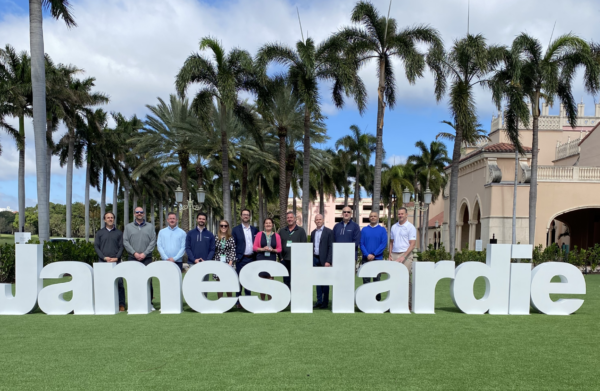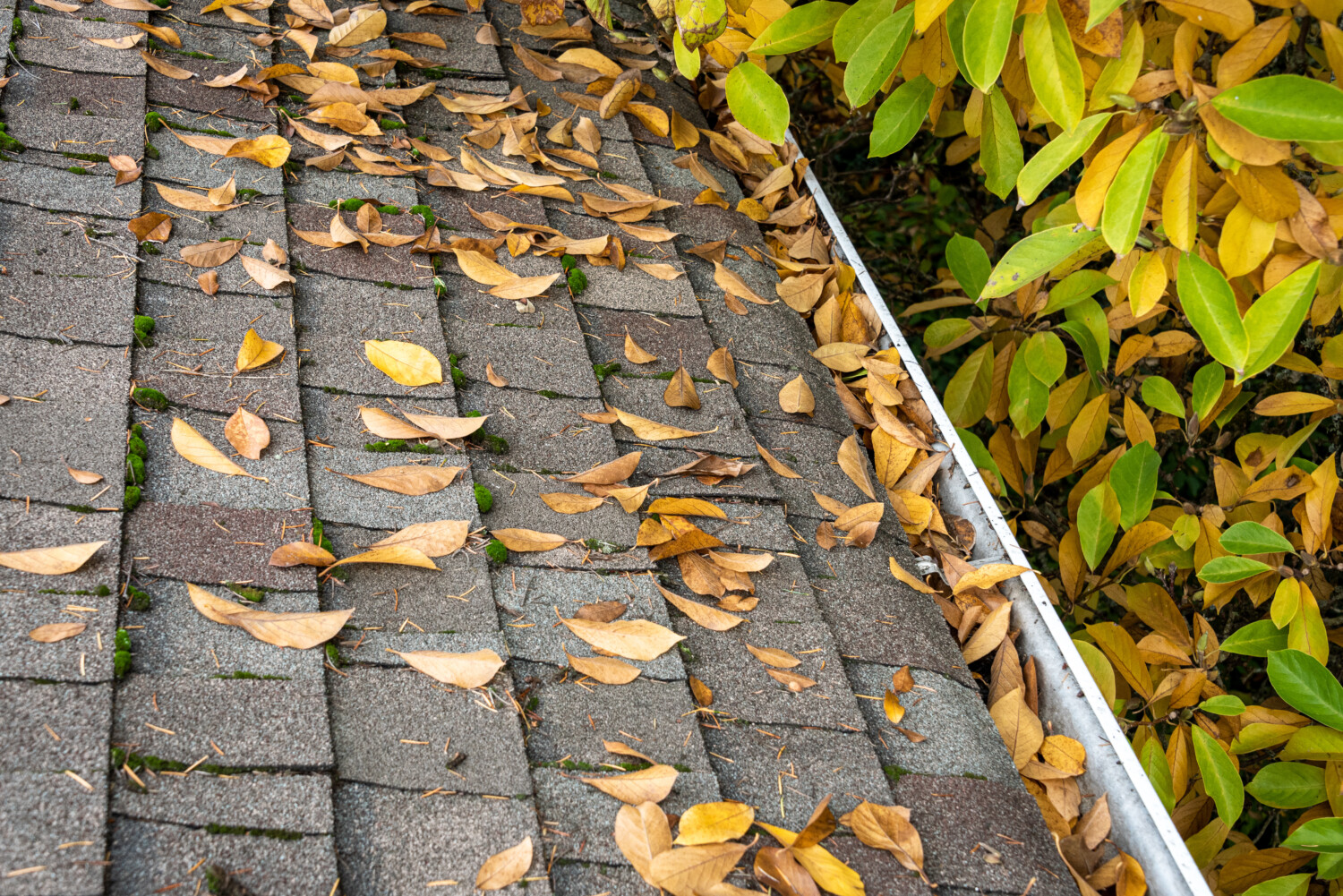
Fall is here with with a cold winter around the corner. During this time of year, it’s important to consider roof maintenance tips that will reduce ice dam formation while keeping your home at a consistent indoor temperature. Snow and freezing rain during the winter can wreak havoc on old roofing! Keep in mind that the brr is coming back this weekend with Farmers’ Almanac predicting more snow and cold in comparison to last winter. Is your roof ready?
Before freezing temperatures arrive, we’re sharing our top roofing maintenance tips and a checklist for fall. Use this checklist to examine the health of your roof, as this exterior element of your home is designed to protect what matters most.
Consider GAF asphalt roofing, metal roofing or a solar roof to get your home winter ready with Coastal Windows & Exteriors.
1. Dark and Dirty Patches on Roof
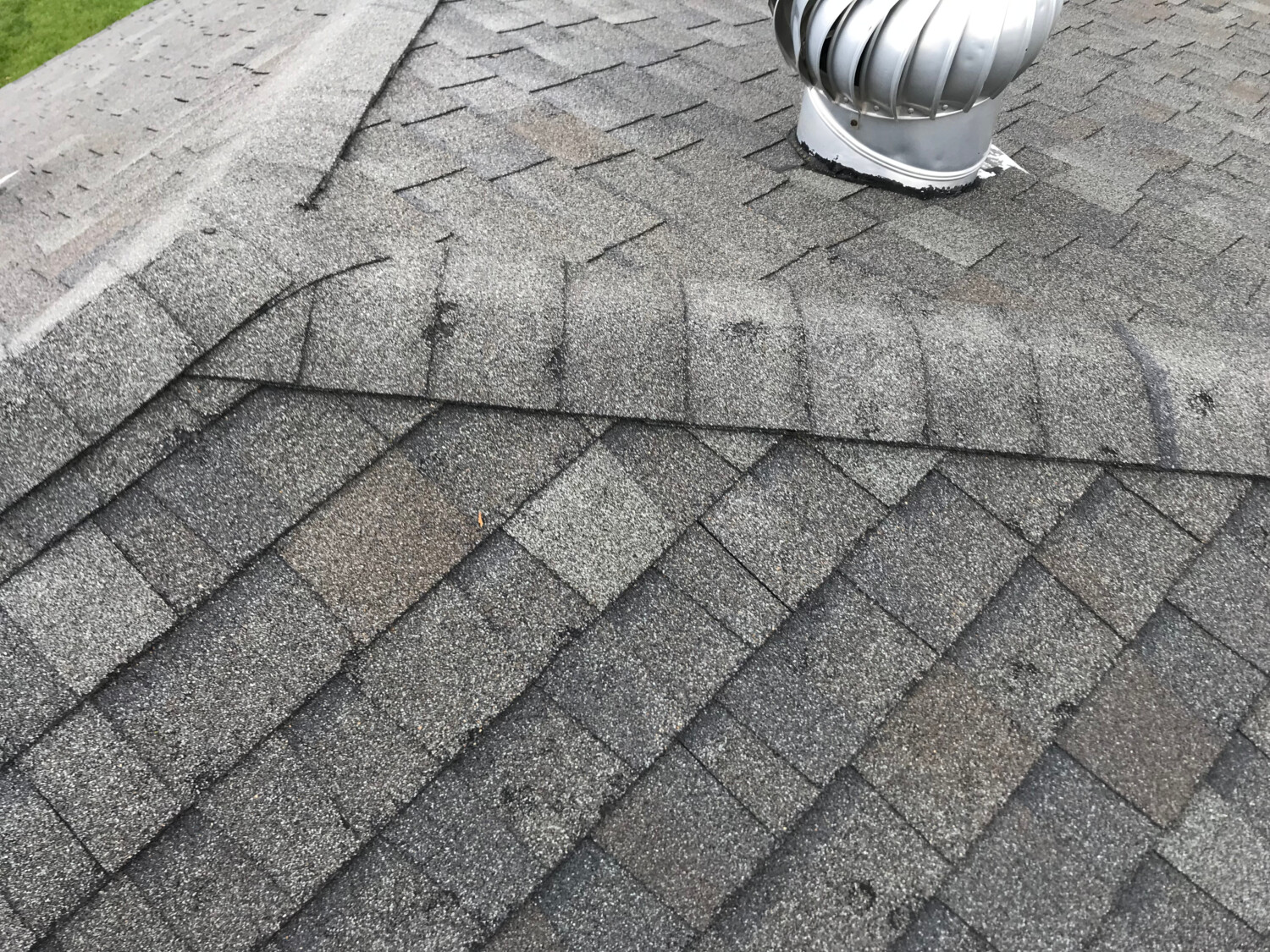
Standing in your yard, take a look at your roof for dark patches. If your roof appears dirty in areas, this is a sign that the shingles are losing their granules. When your shingles are old and worn, granule loss is common.
When granules begin to drop from the shingles, you may also find them compiling in your gutters. Dark and dirty patches on the roof is a sign that it’s time to replace your roof, especially before winter arrives. Otherwise, you’ll find yourself with a poorly performing roof this winter.
2. Cracked and Missing Shingles
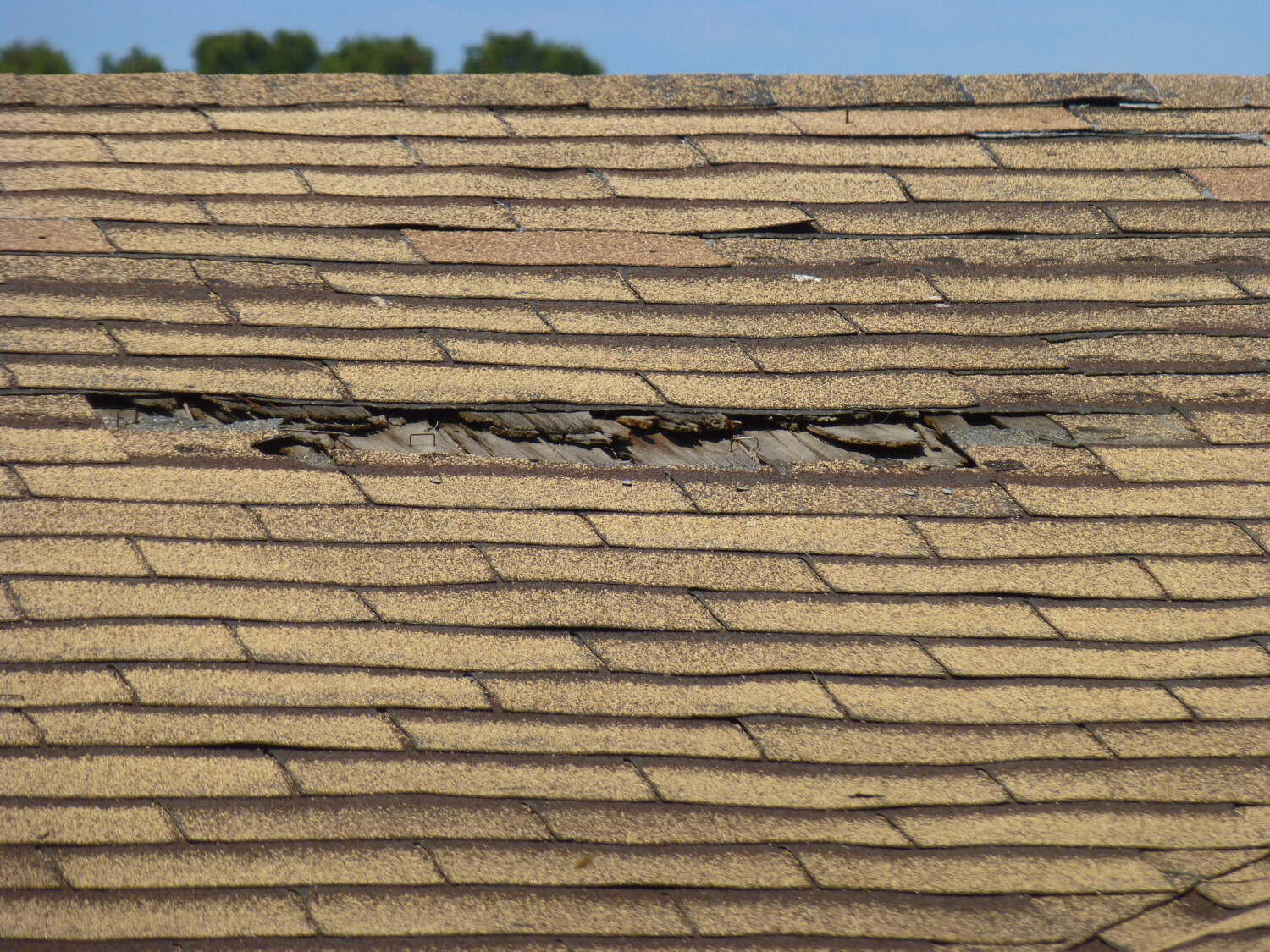
If your shingles are cracked or missing, this can point to a potential ventilation problem. When it comes to our roofing maintenance tips, ventilation is one of the most critical components. After all, poor ventilation can lead to ice dams.
Meanwhile, an improperly ventilated roof will trap heat and moisture inside the attic. This is when the shingles can begin to fade, peel, and curl, even long before their lifespan is over. High winds during winter storms can also dislodge shingles on the roof. This is why it’s important to choose a roof with a wind warranty, such as GAF’s no maximum wind speed warranty.
3. Moldy Gutters and Soffit
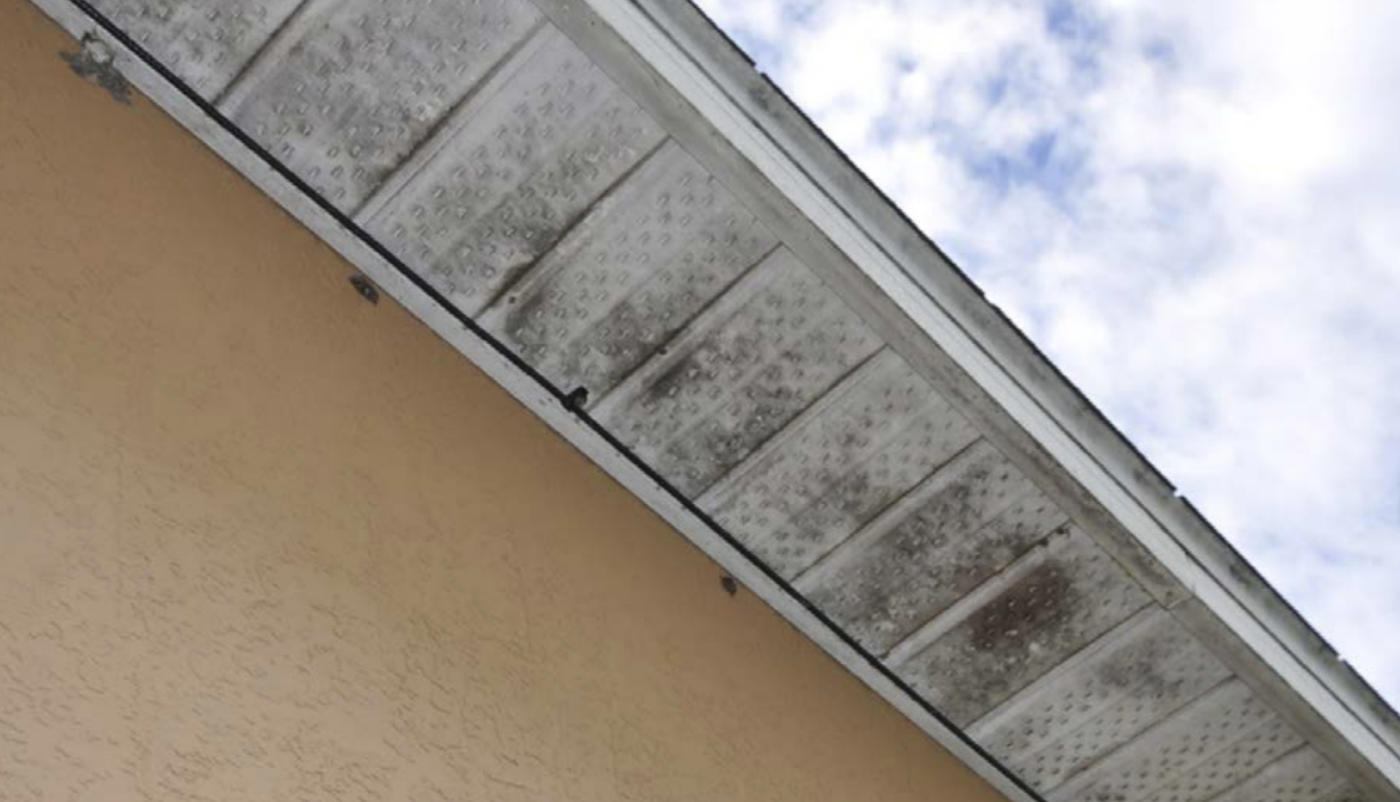
If you spot mold around the gutters, this is a sign of a potentially failing roof. This is an indication that you may also be dealing with icicle and ice dam buildup during the frigid upcoming winter, as predicted by Farmer’s Almanac.
The mold is a sign that there is moisture lingering inside your gutters. This can result from debris clogging the system over the summer. Either way, if ice dams manage to form, the gutters can pull away from your roof and cause extensive damage.
4. Leaking Around Chimney
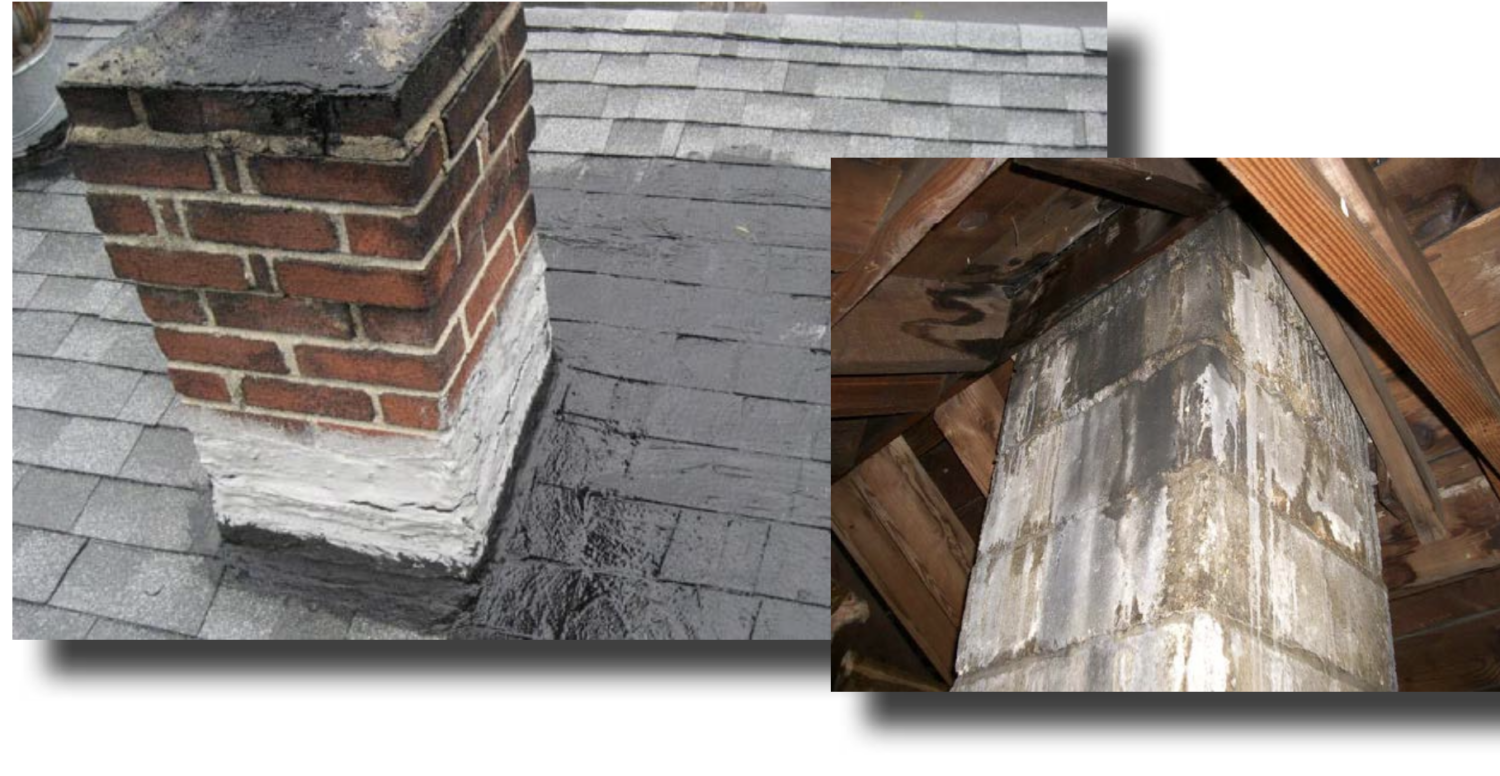
Did you know that some roof maintenance tips involve your chimney? When it comes to roof replacement, a leaky chimney can signal that there is trouble with your roof. Cold autumn rain can seep through the flashing and cause leaks.
Proper chimney flashing is essential when it comes to a winter-ready home. Using a 6-feet shield as an under layer acts as a snow and ice shield when winter weather arrives. Custom fitted flashing with custom caulking on your roof, as well as inside your attic, can stop leaks in their tracks.
5. Brown and Yellow Stains on the Ceiling
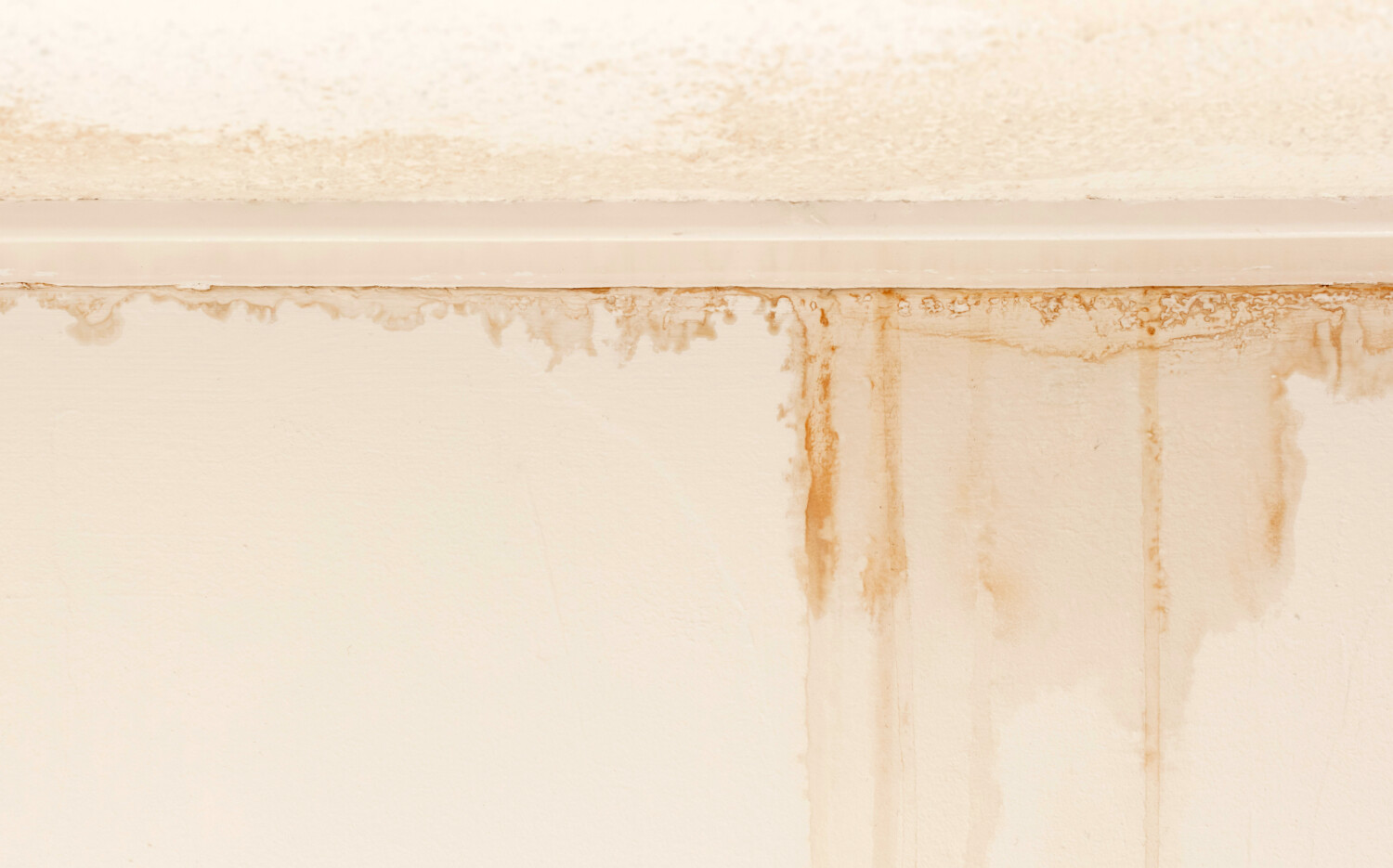
If you notice brown and yellow ceiling stains near your chimney or other areas of your home, this is another sign of a leaky roof. This can be a result of missing or curled shingles, as well as inadequate chimney flashing. It’s important to detect the source of the leak, as roof leaks can promote mold growth in the attic and eventually destroy drywall.
6. Mold in the Attic
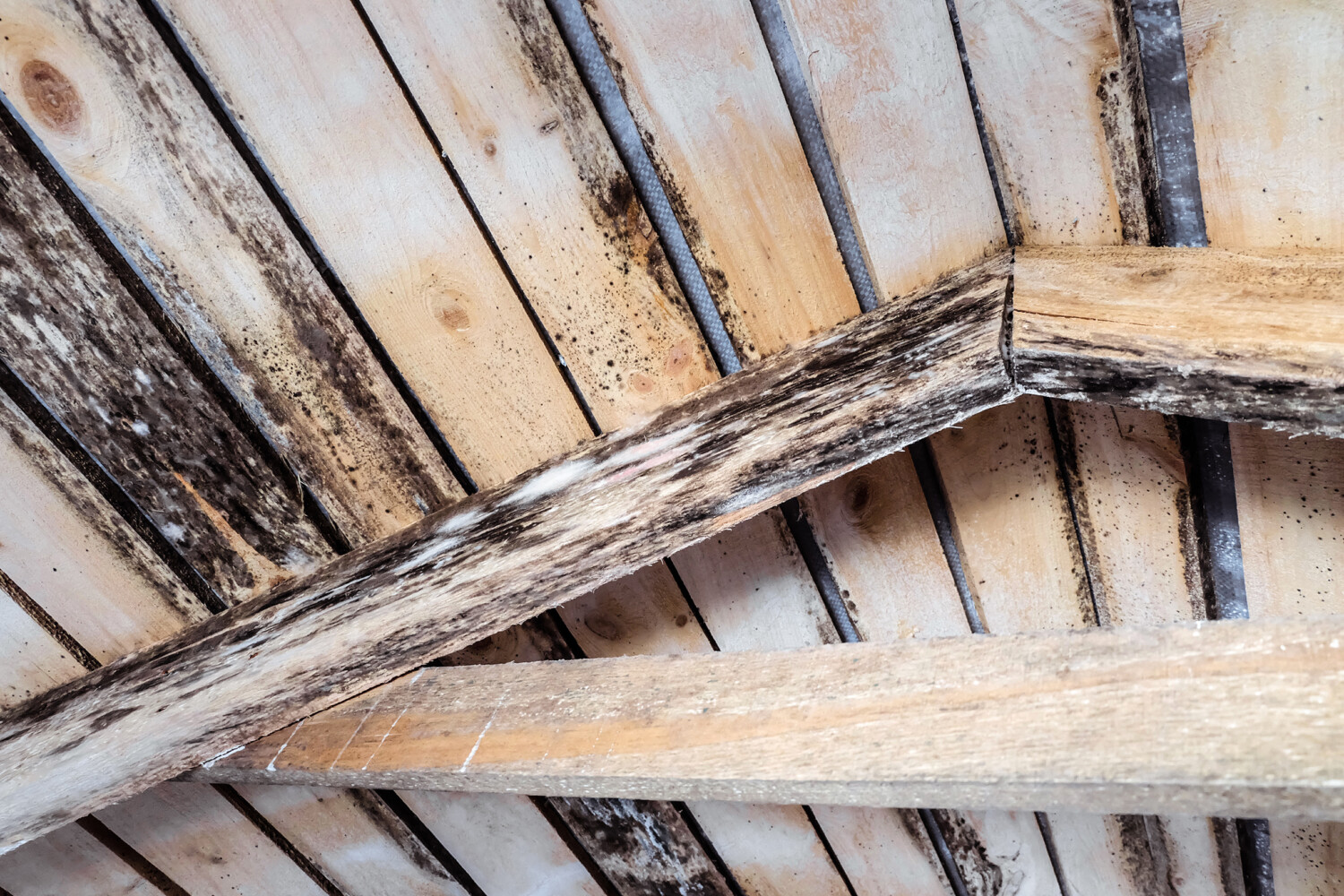
Speaking of mold in the attic, you’ll want to take a trip upstairs and peek inside the attic space. You might find mold on the ceiling on your roof as well as the rafter beams. This is yet an indication that moisture is making its way inside your attic. Keep in mind that Farmer’s Almanac is predicting a cold and snowy winter. When the snow melts, this can easily lead to mold in the attic in addition to rotting of the rafter beams.
Not only are the signs of moisture damage indicative of leaks in the roof, it also means that your home may not be properly insulated or ventilated. This is a big problem for dealing with the cold winter ahead.
7. You Had Ice Dams Last Year
If you had ice dams last year, let’s hit the brakes. This is a major red flag that your roof is not winter-ready!
When your roof is poorly ventilated, your attic temperature will rise and melt the snow off the roof. The snow will trickle down to the soffit or gutters and start collecting there, resulting in ice dams.
A layer of snow on your roof only further insulates your attic and traps heat inside, it then becomes a vicious freeze-and-thaw cycle as ice dams wreak havoc on your roof. Ice dams can cause damage such as leaks inside the home, shingle destruction, and even pulling the gutters away from the roof.
Roof Maintenance Tips: See Your Home with a New Roof in 3D for FREE
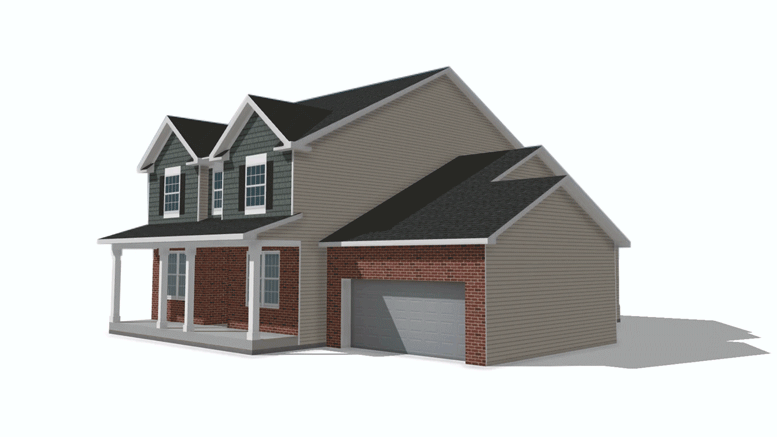
These roof maintenance tips will help you prepare for fall and any snow storms in the coming season. Getting your roof replaced now will keep leaks, mold, and ice dams at bay. A new roof will provide you with adequate ventilation and a safe, dry place to spend winter with your family. Protect what matters most now by getting a free estimate. You can see your home in 3D for FREE with your in-home design consultation at no cost!


